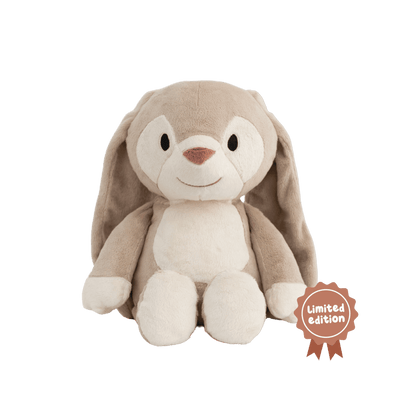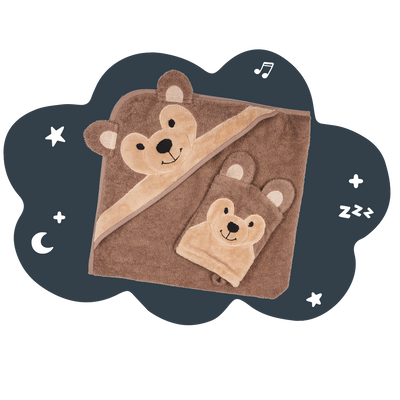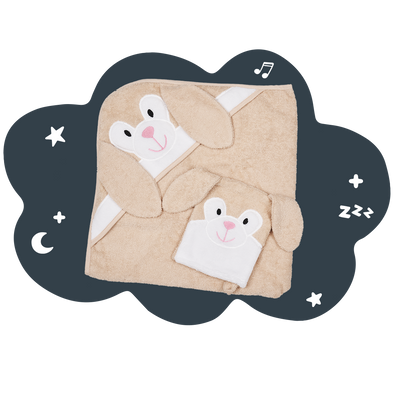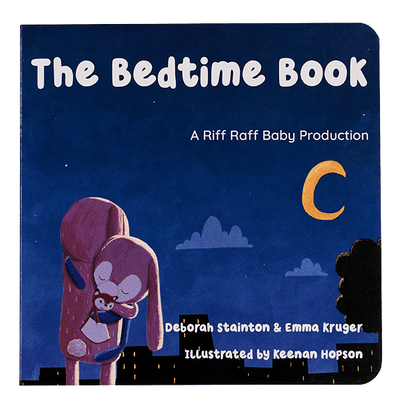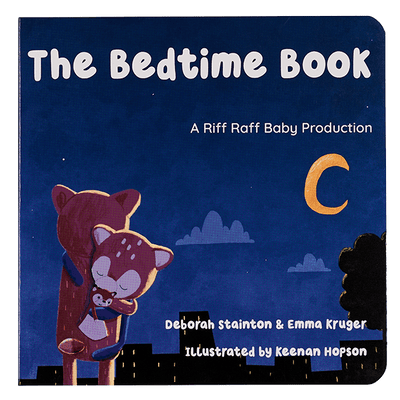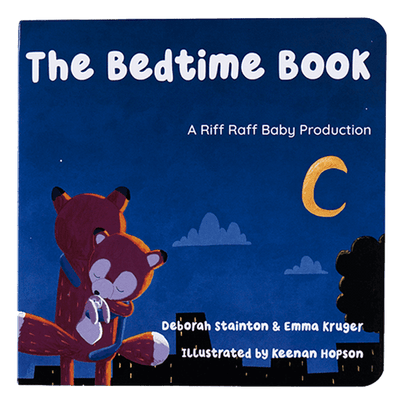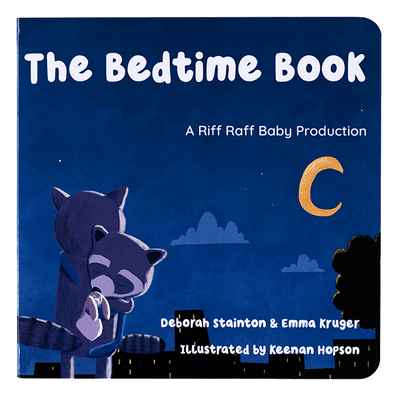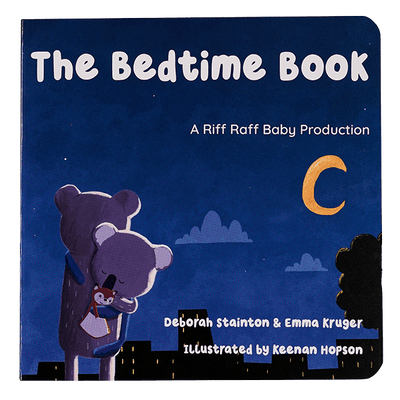Comfort items
Comfort items can be a really helpful tool for your child for many years to come. Comfort items can reassure your child when they’re not with you, help them sleep, comfort them and help them feel at home when they are in a strange place. Comfort items can be a Riff Raff Sleep Toy, a blanket, a dummy or an item of the parents clothing.
Another name for comfort items is transitional items, this is because they not only help make that transition from the womb to the world easier (in the case of the Riff Raff with the white noise function) but also because they help babies and children develop emotionally from dependence on you to independence. Babies and children love familiarity, and a comfort toy can be just that for your little one.
In the womb, babies are in a dark, aquatic, warm and secure environment where they have constant touch, whooshing noises of blood flow and sounds of the mother’s heart beating. They’re then born into this strange environment that is bright, cold, there’s so much room, they have limited touch and it’s quiet. So understandably, babies don’t want to sleep in a bassinet alone, but they find great comfort in being held by their parents. Holding your baby 24/7 is not realistic and can make new parents feel extremely exhausted. This is where a comfort toy can come in, when introduced from birth using a Riff Raff sleep toy with the white noise function reminds baby of when they were in the womb and helps to calm them. Thus, easing babies with the transition from the womb to the outside world.
As your baby grows this comfort toy becomes familiar in many ways. The baby is familiar with the sounds, the soft touch, the smell of the caregivers or the baby and the look of the comfort toy. This familiarity helps the baby or child feel safe, thus reducing loneliness and anxiety. The comfort toy is then able to take place for what is not present (in most cases the mother), helping the baby to move through the normal developmental processes.
For example, a baby with no comfort toy might wake up in the middle of the night feeling scared and alone, they then would cry and call out to the parents for support and comfort. If the baby or child has a comfort toy, they may wake up in the middle of the night scared and alone, find their comfort toy and be able to independently fall back asleep due to the familiarity and security that comes from the toy.
Therefore, through introducing the comfort toy at birth the baby or child can create more positive associations with the toy as they move through the normal developmental stages together, creating a more familiar bond. Thus, the baby or child can find more comfort in the toy and become more independent when they are away from the parents.
The age-old debate of the dummy
Approximately 77.5% of babies use a dummy by the age of 2 months, so is this a bad item to have as a comforter?
The short answer is no! In addition to helping your baby settle, dummies can also reduce the risk of Sudden Infant Death Syndrome (SIDS). This is because dummies can be a barrier to rolling over, the airway may be maintained as the sucking motion keeps the tongue forward, babies who use a dummy may be more settled and therefore less likely to wriggle or be covered by blankets.
The timing of introducing a dummy needs careful consideration. The Baby-Friendly Hospital Initiative states that a dummy should not be introduced in the first 3-4 weeks after birth if you are attempting to breastfeed your baby. This will ensure that the dummy does not have an impact on the initiation and continuation of breastfeeding.
Therefore, your baby having a comfort item in whatever form you prefer, is essential in helping your baby progress through their developmental stages with comfort and security.











